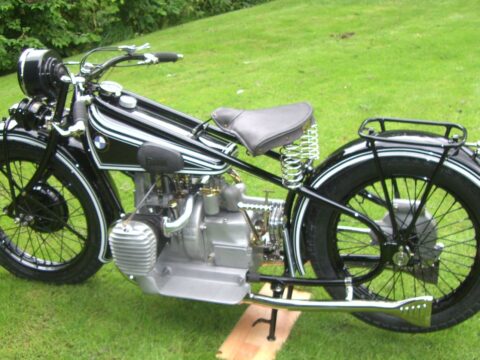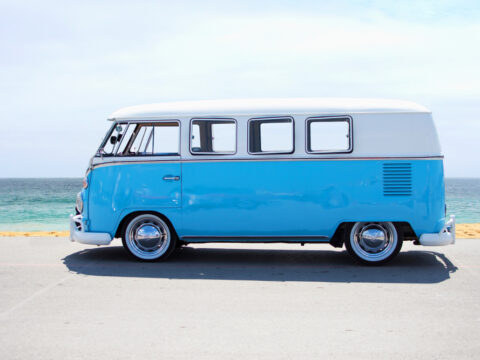Not too many automakers can say they’ve had as much success at making high-end sportscars as Porsche. This German manufacturer has had their hat in the game since 1931, but the model that brought them to legendary status is the one and only Porsche 911.
When Porsche started building 911 models in the 1960s, they created an iconic image and a powerful performance, launching the brand into superstardom. Today, a high level of prestige is associated with owning a Porsche, and the 911 helped make it that way.
If you’re a sports car enthusiast, you might know little about the 911. But here are eight facts every sportscar lover should know about the ultra-cool Porsche 911.

Contents
Porsche Builds Around 110 911 Models Each Day
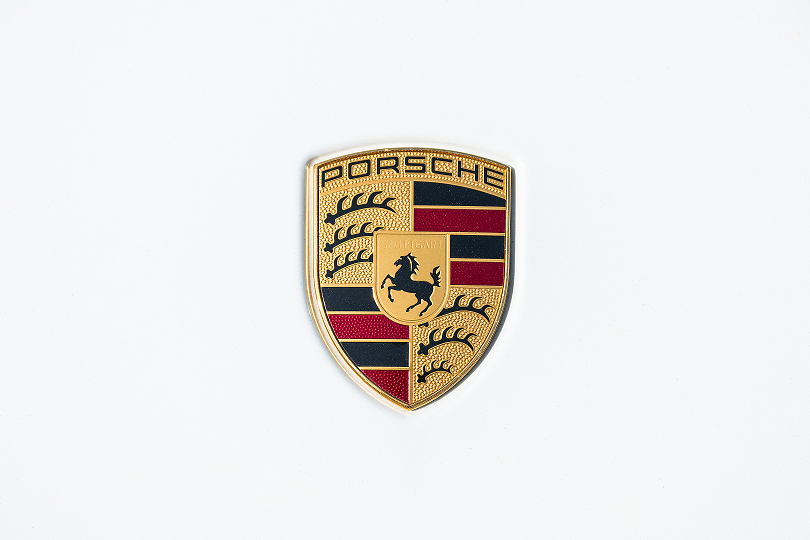
Every day, approximately 110 Porsche 911 models are built at the Stuttgart, Germany plant in which every 911 has been manufactured since 1964. 911 models are in high demand worldwide, and the company must produce about 35,000 units annually to keep up. This is why so many units are built daily compared to how many other sportscars are made.
It Was Based on the Volkswagen Beetle

You might not know this, but the Volkswagen Beetle was designed by Ferdinand Porsche, maker of the Porsche brand. The Beetle was meant to be an affordable model for the common consumer, commissioned by none other than Hitler. Years afterward, in 1963, the 911 was designed based on many of the Beetle’s design elements, including its rear-mounded engine and rounded coupe aesthetic.
It is the World’s Most Mass-Produced Sportscar
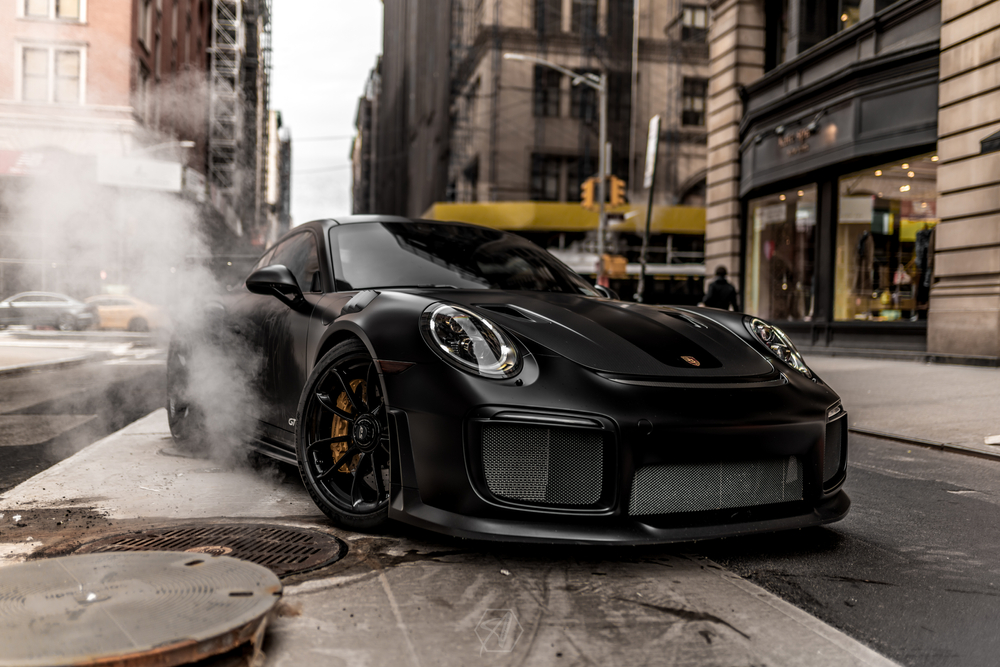
No other sports car globally has been as widely produced as the Porsche 911. All these decades after it was introduced onto the market, the 911 is still one of the most popular sports cars out there.
Since Porsche is constantly upgrading various things inside the cabin and underneath the hood, there is always something new to appreciate about the 911. It is no small wonder that the Porsche 911 can attract a fresh group of buyers every model year.
The 911 GT1 Ditched the Rear-mounted Engine
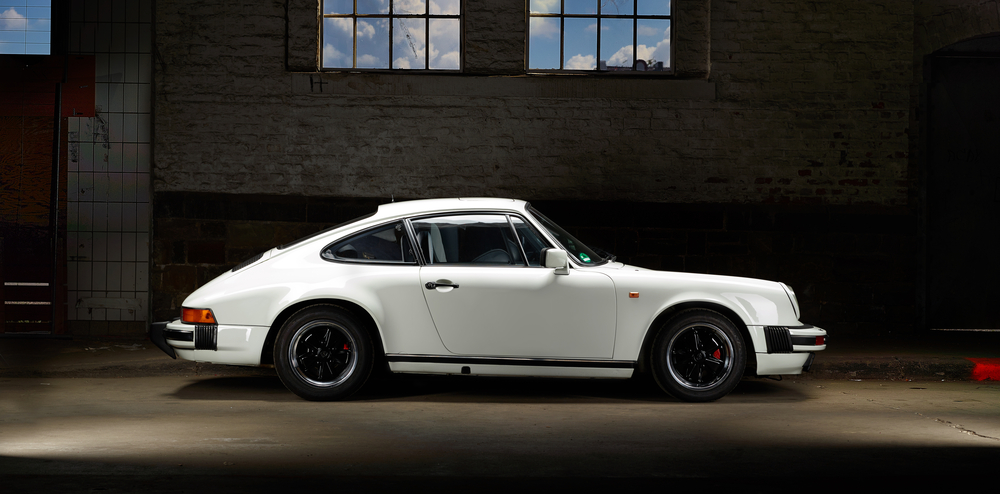
For the most part, the Porsche 911 has always been designed with a rear-mounted engine. However, there was one point – in 1997, to be more precise – when Porsche decided to ditch the rear-mounted engine to create the 911 GT1.
The GT1 was predominantly designed as a race car, but it had a street-legal version made for those looking for something swift. The street-legal model was powered by a 536-horsepower twin-turbocharged flat-six engine that hit a top speed of 192 miles per hour.
Porsche Sells 25 Versions of the 911
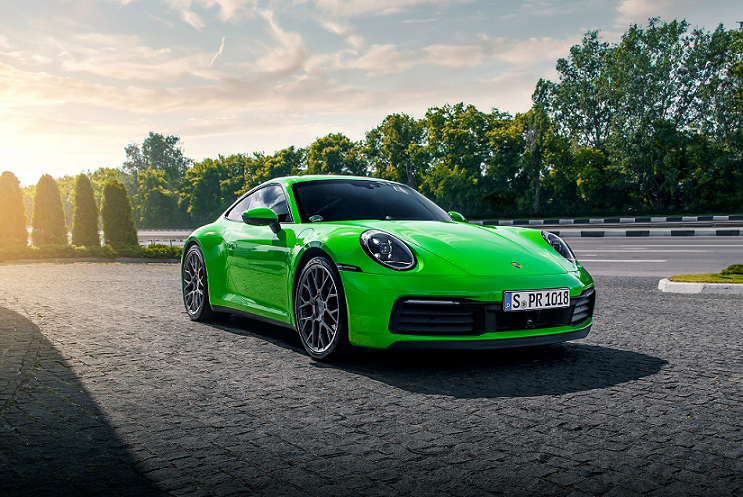
Porsche has had a lot of time to cultivate their list of 911 variants, which now tops out at 25. You can pick from the high-performance, 700-hp GT2 RS variant or the fresh-faced Speedster. The most affordable 911 and the most expensive option have a price gap of almost $340k between them.
The 911 Carrera is the line-up entry model, now powered by a 3.0-liter twin-turbo flat-six and a price tag starting at $259,100. At the opposite end of the spectrum is the 911 GT3 RS, which has a 4.0-liter flat-six under the hood and a price tag starting at $500,200 – without all the optional add-ons.
An Economy Version Sold Between 1965-‘69
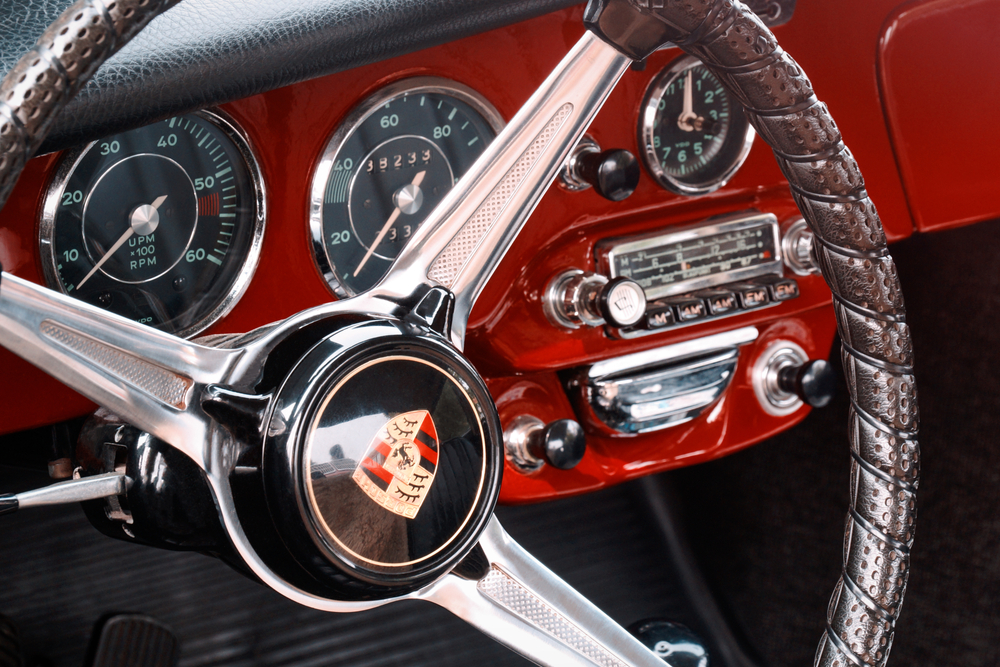
It might come as a surprise, but there was a time when Porsche manufactured a budget-friendly version of the 911. Made between 1965 and 1969, the 912 was meant to get more people on board with Porsche, giving them the feeling of luxury status without the hefty price tag.
Buyers could get the 912 as either a coupe or a Targa-top. For a few brief years, it managed to outsell the 911. However, Porsche discontinued the 912 due to production facilities getting reallocated, the 911 platform reverting to the traditional format, and more stern engine emission control regulations in the United States, making it difficult to prep the 912 for those rules.
Porsche Nearly Discontinued the 911 in 1970
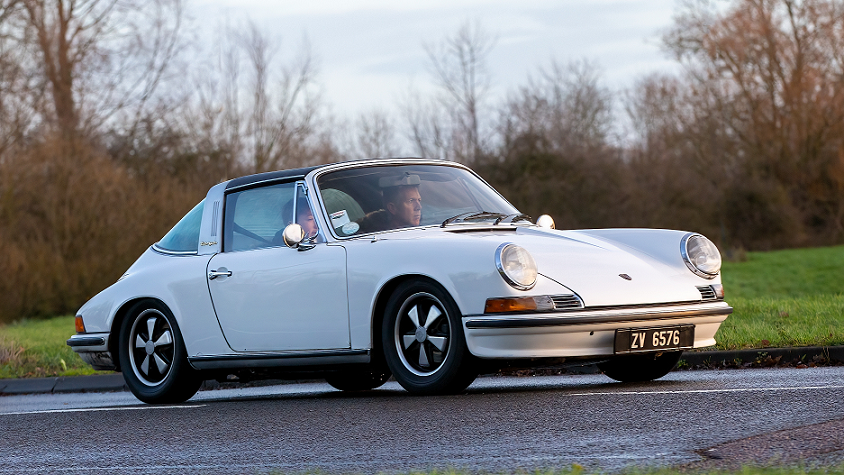
It’s hard to believe that Porsche considered discontinuing the 911, but it nearly happened in 1970. It was assumed that the bigger and cozier Porsche 928 would replace the 911, offering a vaster appeal to buyers.
This quickly became an unpopular idea. People loved the 911, and there was a demand to keep it in manufacturing. Even some disgruntled Porsche employees did not want the 911 axed from the line-up. Thus, the 911 is still with us today.
The 2011 Was the Most-changed Model Year
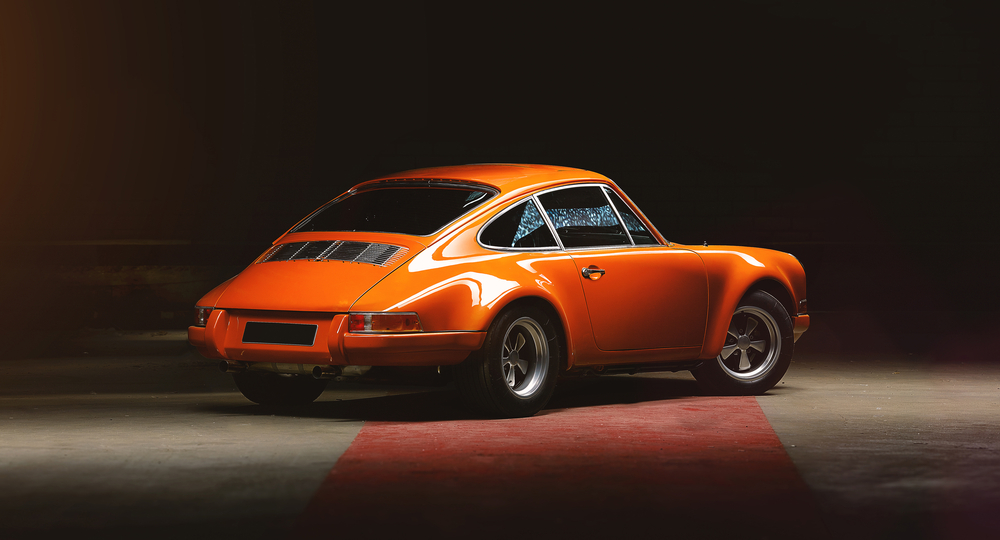
Porsche makes changes to the 911 all the time, but usually, they do so in moderation. Well, not so in 2011. Porsche decided that, for the new sixth generation of the 911, it was time to go big or go home. In-vehicle technology was booming, and Porsche decided to embrace that by basically re-engineering the whole vehicle.
The 2011 Porsche 911 saw the addition of a stronger engine line-up, a fully aluminum chassis, more tech features (like electromechanical power steering), and the now-well-loved PDK transmission. All told, it received high remarks from reviewers and consumers alike and is still known for being reliable and fuel-efficient.
The Porsche 911 has a long history as a sports car world’s shining star. If you’ve never owned one, you are sorely missing out on a fun ride. The classics are just as amazing as the newer model years, and they’re all sure to turn heads in your direction.
This article originally appeared on MyCarMakesNoise.
More from MyCarMakesNoise
American Beauties: The Coolest American Cars of All Time

America’s love affair with the automobile is legendary in our nation’s cultural fabric. From the roar of a muscle car’s V8 to the sleek silhouette of a classic roadster, cars have long embodied the spirit of freedom, innovation, and audacity that define the American Dream. Read More.
The Best Motorcycle Museums You Need to Visit in Your Lifetime

Whether you’re a seasoned rider, an enthusiast, or just someone intrigued by the allure of motorcycles, these museums offer an unforgettable journey into the heart of motorcycling’s storied past. Read More.
Road Rebels: The 6 Most Dangerous Cars Ever

We’re dedicating this article to the most menacing cars ever to exist. These vehicles ranged from odd to expensive to political, but all had one thing in common: a taste for danger. Read More.

